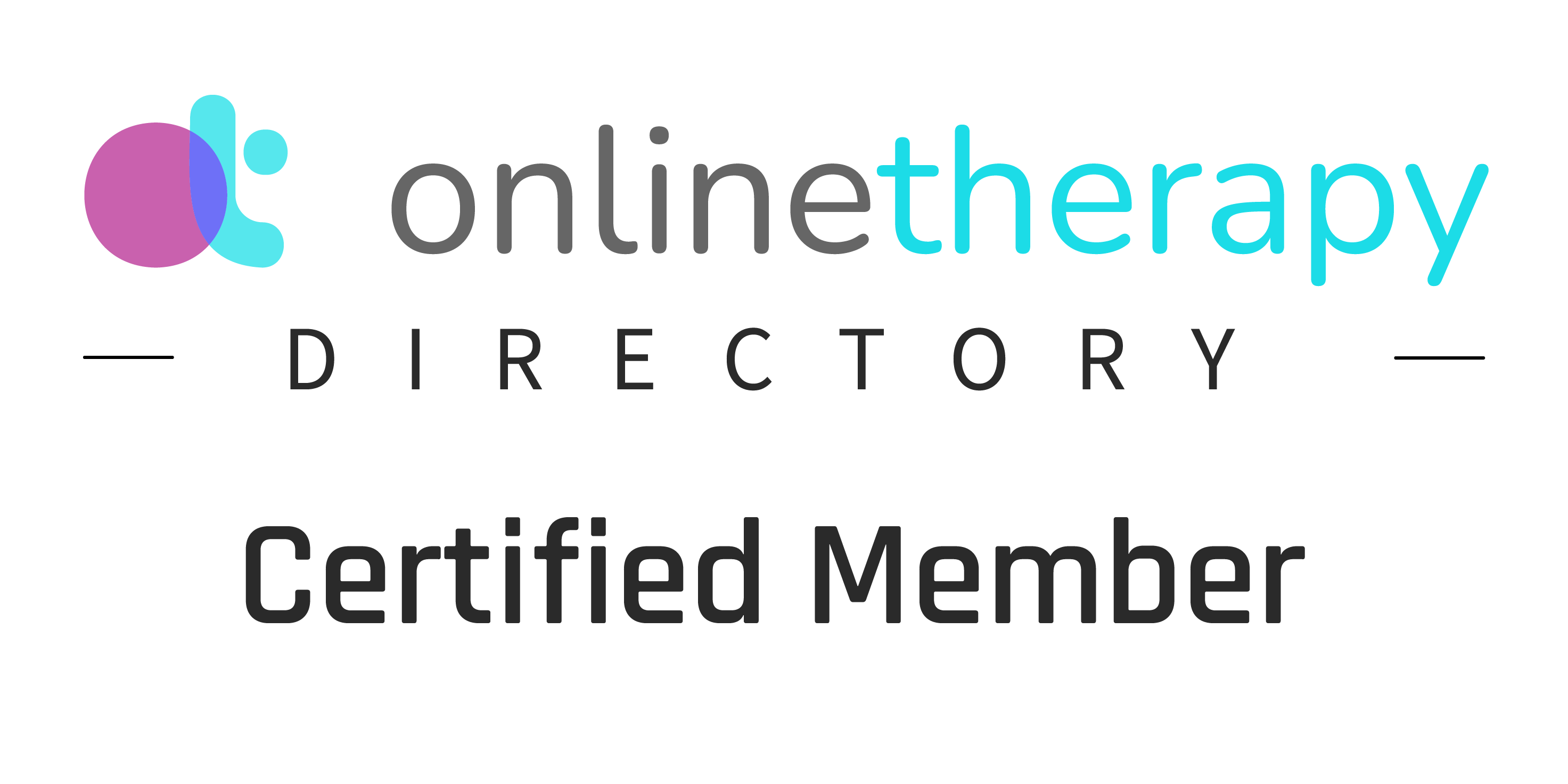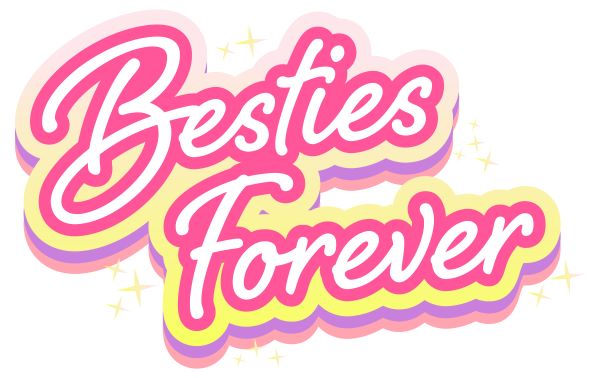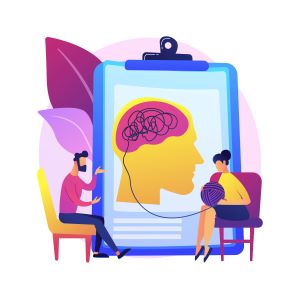When we are learning to track our thoughts, feelings and actions in the ABC model we can get stuck on thoughts. We might say, I don’t know what I was thinking or worse, I wasn’t thinking anything.
That isn’t possible in a healthy brain. How do we figure out those emotional thoughts?
Reflex Thoughts: Brain’s Shortcuts
Reflexive thought. This is the fourth video in the three minute psychology series. So if you haven’t watched the first three, please stop and do so first.
To watch the videos, go to 3 Minute Psychology HERE.
And then come back to this one.
When doing the ABC’s, of our emotion, it is very common that we can do the A. And if you remember, A is what we’re aware of. And C, which is our emotion consequences and how we felt in what we did.
But we often struggle with the B.
Beliefs are our thoughts about the A that result in the feelings and actions in C. For example, we may become aware (A) that our kitten is getting too close to the older cat and (C) feel nervous and run after the kitten. The (B) thoughts or beliefs may be something that we are unsure. In this example it may be simple such as (B) afraid that the older cat may hurt the young kitten.

What am I thinking?
Why is it hard to figure out what is going through our mind? For one, it’s one tenth of a second.
Our brains are very, very quick. And it can think and coordinate a response for the body to experience and put into action in one tenth of a second.
This quickness is one of the biggest reasons that we think that it is other people, places, events that cause our emotional responses. But in a normal healthy brain that isn’t the case.
Because the brain uses lots of energy, it tries to learn and store as many short cuts as possible to conserve energy and increase efficiency. Think about when you were learning to ride a bike as a kid. Now, when you first started riding it, you had to think about it.
You had to constantly keep working on it and you had to be aware of what you were doing. You eventually learned after much practice. And when you did, the muscle and cognitive memory formed. Therefore, you never have to think about riding a bicycle again. And it means you don’t have to think about it. You just jump on the bike and go. A shortcut was formed and energy conserved for other activities to learn.
This is very helpful for many things from driving, bike riding, using our phones or computers. But the brain doesn’t stop with shortcuts when it comes to our emotional responses.
Shortcuts with Emotions
By the time we are old enough to ride a bike, we already have some shortcuts as far as our emotional reactions are concerned. If little Susie takes our toy, are we the kind of kid who reacts with anger, crying, run telling mommy? “Mommy, Susie took my toy!” Do we lie when we get in trouble? These sorts of things we already have a lot of shortcuts by the time we’re that young.
We fine tune and adjust this emotional shortcut over time. For example, let’s say that Jane’s reaction is to throw fits and hit her parents and siblings to get her way from a young age. That behavior wasn’t corrected in her childhood so that became her shortcut when she perceives (unconsciously) that she isn’t getting her way in interpersonal relationships. Over time she may still throw fits but she may learn that aggression isn’t tolerated when she got in trouble at school. As an adult she instead hurls words and objects.
So let’s look at how this can work for now, adults.
What am I acting as though I am thinking?
Let’s say that Bob is aware that he crashed his bike into the back of a car on his way to work. Now, C – consequences – he felt embarrassed. He grabbed his bike and left in spite of the pain in his leg. But when asked what he was thinking for B, he said he wasn’t sure. He crashed his bike and ran away.
The question to get B – beliefs and what we are thinking part is to ask, “What am I acting as though I’m thinking?” In this case, because he was embarrassed and took off, he was probably thinking something along the lines of, “Oh, people are gonna judge me and see me a fool, and that would be a horrible and terrible thing, and I gotta get the heck out of here as quickly as possible.”
Okay. Now your turn.
I’ll give you an example, and let’s see if you can figure out a B. So Blake had a fight with his partner about his drinking.
C, his consequences. He felt emotionally angry, And what did he do in result? He went to the bar.
Okay, B.
Your turn. What was he acting as though he was thinking?
Did you say something like, he might be he was thinking, “I’ll show her. She thinks I’m a loser, and she’s no she’s no miss America herself.”
Something along those lines, some kind of “how dare” type of thing.
Putting the question to your own shortcuts
The following chart may help:
| Aware – the event, people or places | Beliefs – ask what am I acting as though I am thinking | Consequences – This is what I felt and what I did |
| Example: Bob is aware that he crashed his bike into the back of a car on his way to work | “Oh, people are gonna judge me and see me a fool, and that would be a horrible and terrible thing, and I gotta get the heck out of here as quickly as possible.” | he felt embarrassed. He grabbed his bike and left in spite of the pain in his leg |
Would you like to learn more about trauma and the brain? Click here for a free webinar. Yes, it really is free!
If you would like to know more about how to work with me, Click here.
Be alerted to new material first!
 Skip to content
Skip to content


